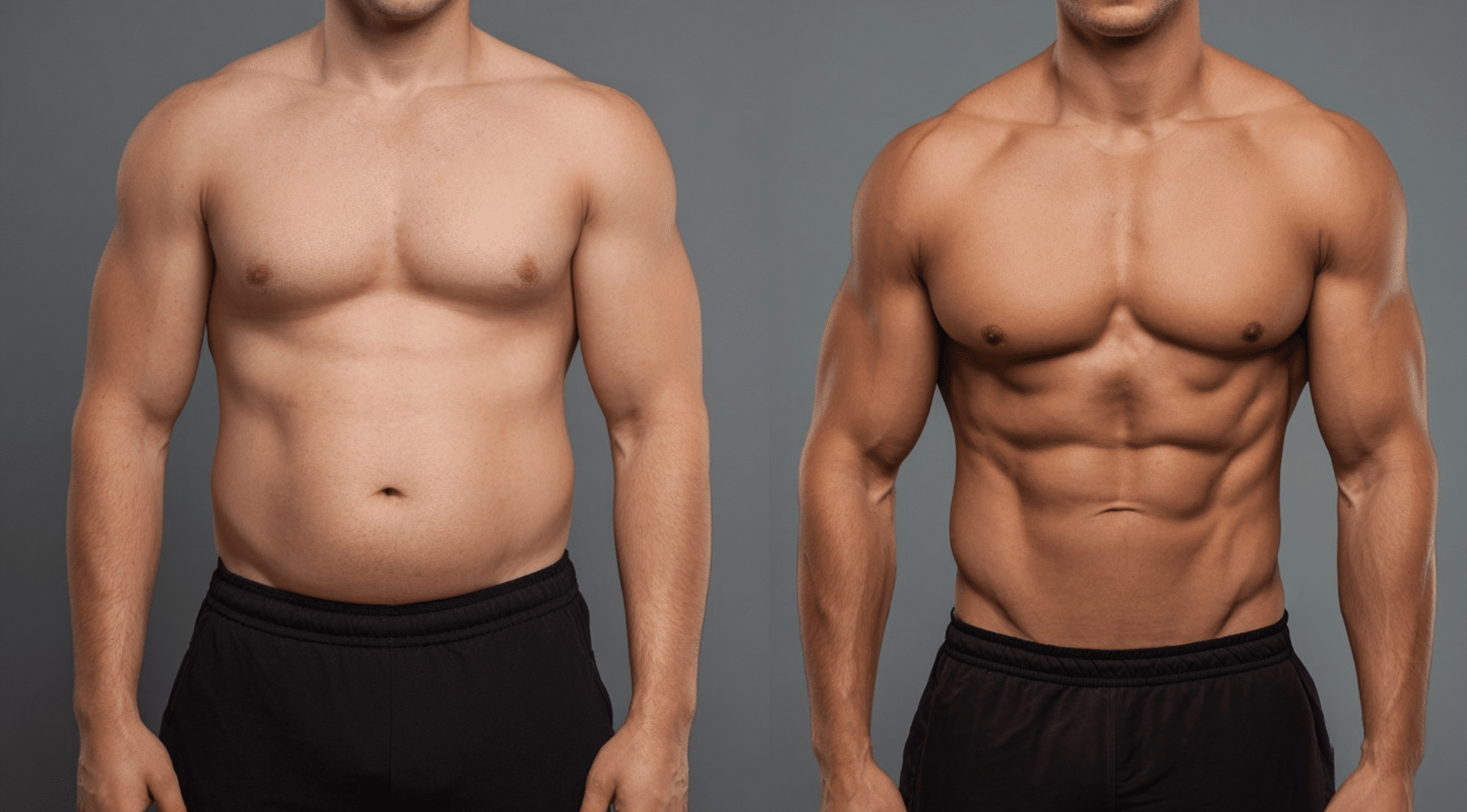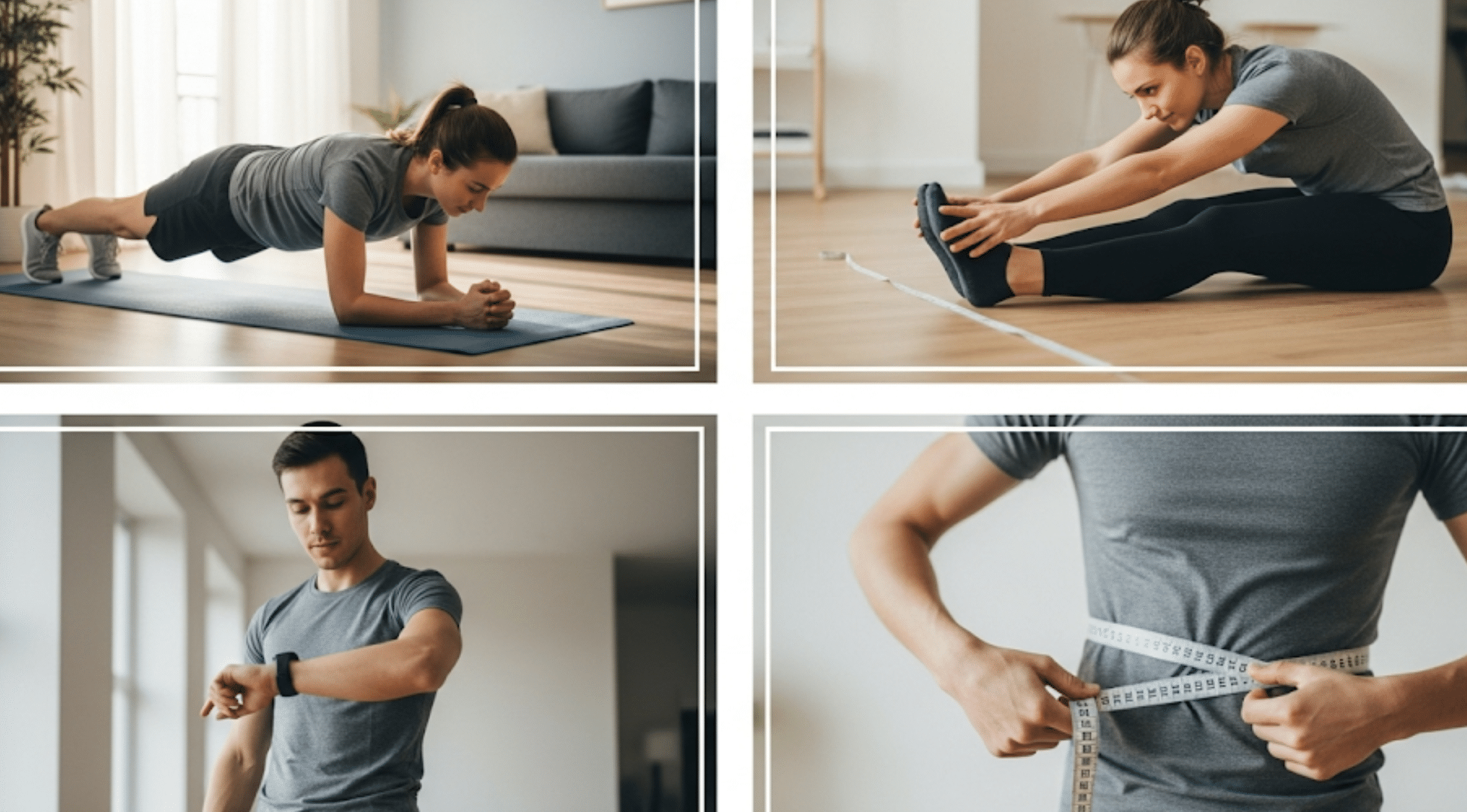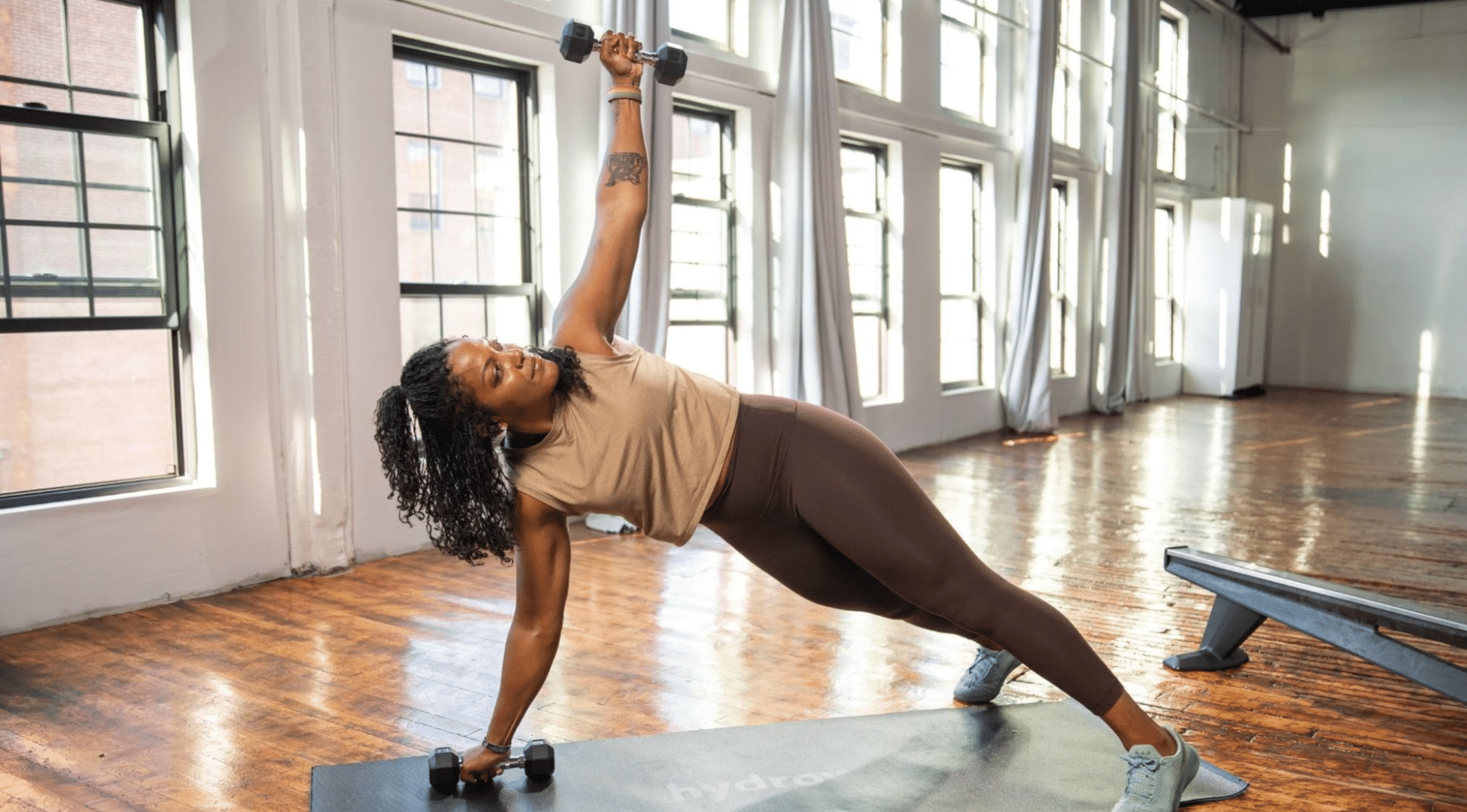I used to think being fit meant running fast or having muscles. But I found out it’s not just that. Real fitness has five main parts. When I learned about them, I felt stronger, had more energy, and moved better in everyday life.
I didn’t need fancy gear, just the right steps. That’s what I want to show you.
You might be wondering what being “fit” really means. It’s not just one thing. It’s five things working together. Each part helps your body in a different way.
In this blog, I’ll break down the 5 components of fitness in simple words. You’ll see how they work and how you can start using them right away.
Ready to see where you stand?
Explained: The 5 Components of Fitness
The 5 components of fitness are the main areas that show how healthy and active your body is. These parts help you understand your strengths and what you might need to work on. They include things like how strong you are, how fast your heart recovers, and how flexible your body feels.
In physical education, these components give a clear way to measure your fitness level. They’re not just for athletes; they’re useful for everyone. Knowing them can help you stay active, avoid injuries, and feel better in daily life.
To really understand how fit you are, you need to look at more than just your weight or how fast you can run.
These 5 components of physical fitness give you a clear, simple way to see how your body is doing and what areas you can work on:
1. Cardiovascular Endurance

Cardiovascular endurance means how well your heart and lungs work when you’re active for a long time. It helps you keep going without feeling tired too fast. Good heart health and strong lungs mean better energy and less stress on your body.
Activities like running, biking, and swimming help. To improve it, start with walking, add more time each week, and stay active most days.
2. Muscular Strength

Muscular strength is how much force your muscles can generate at once. It helps you lift, push, or carry heavy objects in daily life, such as lifting groceries or climbing stairs. Strong muscles also protect your joints and bones.
To build strength safely, start with light weights or bodyweight moves like push-ups and squats. Focus on good form and give your muscles time to rest between workouts.
3. Muscular Endurance

Muscular endurance is how long your muscles can work without getting tired. It’s not about lifting heavy once—it’s about doing a task again and again, like carrying a backpack or pulling weeds in the garden.
You can build endurance with lighter weights, more reps, and less rest. Exercises like planks, lunges, and wall sits help train your muscles to last longer during everyday tasks.
4. Flexibility

Flexibility means how far your muscles and joints can move. It helps you bend, stretch, and reach without pain. Good flexibility keeps your body moving easily and lowers the chance of injury.
It’s important at all ages, not just when you’re older. Stretching, yoga, and simple moves like toe-touches or shoulder rolls help. If you’re just starting, go slow and never push until it hurts.
5. Body Composition

Body composition shows what your body is made of, mainly fat, muscle, and bone. It’s not just about weight. Two people can weigh the same but have very different health levels based on their body makeup.
Healthy body fat ranges are different for men and women. You can check your body composition with tools like skinfold calipers or smart scales. To improve it, eat balanced meals and stay active regularly.
Why These 5 Fitness Components Count?
Knowing the five components of fitness is more than just remembering a list. Each one has a real purpose that affects how you move, feel, and stay healthy in everyday life.
Let’s take a closer look at why these five fitness components really count:
- Total Body Health: Each part supports your whole body. When they work together, you move better, feel better, and have more energy in your everyday life.
- Better Performance in Sports: No matter if you play sports or just enjoy being active, these parts help you run faster, move stronger, and keep going longer without getting tired quickly.
- Helps Prevent Injuries: Balanced fitness keeps your joints and muscles strong and flexible. This lowers your chances of getting hurt during workouts or daily activities.
- Supports Mental Health Too: Staying active and working on all parts of fitness can lift your mood, reduce stress, and help you think more clearly and feel more confident.
When you train all five, you’re not just getting in shape. You’re building a body that lasts longer, handles stress better, and keeps you safe from injuries. You also start to notice changes in your energy, mood, and focus.
How to Test and Measure Each Fitness Component at Home?
| Fitness Component | Test Name(s) | How to Do It | What It Measures | How to Track Progress |
|---|---|---|---|---|
| 1. Cardiovascular Endurance | Step Test / 1-Mile Walk Test | Step Test: Step up and down on a sturdy surface for 3 minutes, then check your heart rate. 1-Mile Walk: Walk one mile and record your time. | Heart and lung efficiency during exercise | Faster recovery heart rate or shorter walk time shows improvement |
| 2. Muscular Strength | Push-Up Test / Squat Test | Push-Up Test: Do as many push-ups as possible with good form. Squat Test: Perform squats until your form breaks. | Maximum force your muscles can exert | Higher rep count or better form over time |
| 3. Muscular Endurance | Plank Test / Sit-Up Test | Plank Test: Hold a plank for as long as possible. Sit-Up Test: Do as many sit-ups as possible in 1 minute. | How long muscles can work continuously | Longer plank time or more reps show better endurance |
| 4. Flexibility | Sit-and-Reach Test | Sit with legs straight, feet against a wall or box, and reach forward as far as possible. | Range of motion in lower back and hamstrings | Greater reach distance over time |
| 5. Body Composition | Smart Scale / Tape Measurement | Smart Scale: Track body fat percentage using a digital scale. Tape Measurement: Measure waist, hips, and thighs monthly. | Ratio o |
Keep a record to notice small changes.
Each test gives you a clear picture of your fitness in that area. The key is to be consistent. Try each test once a month and write down your results. Over time, you’ll see how small changes in your daily habits can lead to big improvements.
These simple tools help you stay focused, track progress, and build a stronger, healthier body right from home.
How These Fitness Parts Show Up in Everyday Life
You don’t have to be a professional athlete to use these five parts of fitness. They show up in everyday life for kids, adults, and seniors. Each age group can benefit in its own way. Whether it’s playing at recess, staying active at work, or moving safely at an older age, these fitness parts help your body do what it needs to.
Here’s how they fit into different stages of life:
| Group | How It Helps | Examples and Activities |
|---|---|---|
| Kids | Builds strong habits, improves focus, and helps with growth. | PE games, running in the playground, stretching in warm-ups, and light strength moves like push-ups. |
| Adults | Keeps the body strong, helps manage weight, and lowers health risks. | Mix of cardio (walking, biking), strength training, yoga or stretching, and body composition checks. |
| Seniors | Supports balance, prevents falls, and keeps joints and muscles moving well. | Chair stretches, light weights, water aerobics, short walks, and slow, steady movement routines. |
No matter your age, these five fitness components can help you move better, stay strong, and feel good every day. All it takes is a little focus on each part.
How to Balance All 5 Components in Your Routine?

Focusing only on one part of fitness, like strength or cardio, can leave other areas weak. Each of the five components helps your body in a different way, so it’s important to include all of them in your routine.
You don’t need hours every day. A simple weekly plan works well:
- Monday: Cardio (walk or jog)
- Tuesday: Strength (bodyweight or light weights)
- Wednesday: Flexibility (stretch or yoga)
- Thursday: Cardio
- Friday: Endurance (planks, sit-ups)
- Saturday: Mix of any two
- Sunday: Rest or light stretch
To save time, try short 15–20 minute workouts that mix strength and cardio. Stretch for five minutes daily. Little changes keep your body balanced and strong.
Common Mistakes When Training for Fitness
Many people start working out with good intentions, but end up missing key parts of fitness. Focusing too much on one area can slow your progress or even cause harm.
Here are mistakes you can take into consideration:
- Only lifting weights and never stretching
- Doing only cardio without checking body fat or muscle levels
- Ignoring balance and flexibility exercises completely
- Training hard every day without rest
- Forgetting that posture and form matter more than speed
- Not warming up before workouts
- Skipping cool-downs or short recovery moves
These small mistakes can add up over time. A well-rounded plan keeps your body safer, helps you feel better, and gets results that actually last.
Conclusion
Learning about the 5 components of fitness really changed how I see exercise. It helped me stop focusing on just one thing and start thinking about my whole body. I began to move better, feel stronger, and avoid getting tired or hurt as often. It didn’t take big changes, just the right ones.
Now it’s your turn. Think about which areas you’re already working on and which ones need more attention. Even a few small steps can lead to real progress. Keep things simple, stay balanced, and give your body the care it needs.
Want more help like this? Go check out my other blogs, they’re full of tips that are easy to follow and made just for you!





